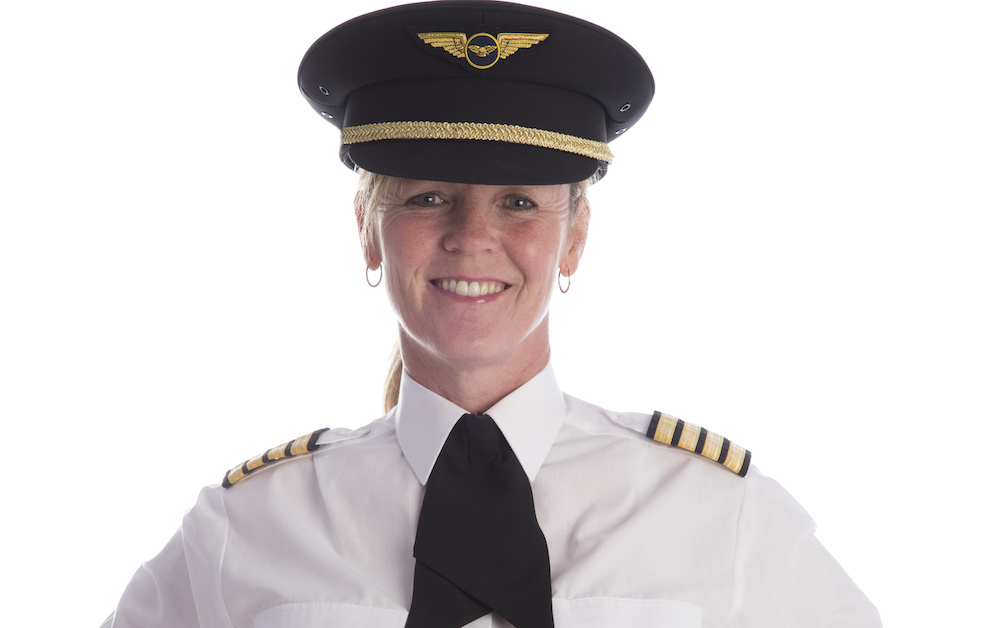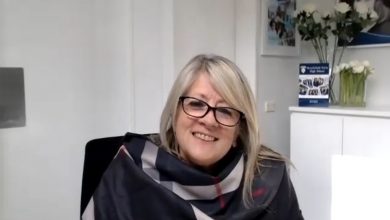
Do you have a calm steady teaching voice? Never ruffled? Regulated pitch and dulcet tones, just as you were taught at university? Educationalist Adam Voigt suggests you think again, and ditch the monotone for some tailor-made voice modulation.
This week, we are happy to publish our first guest contribution from a leader in education and training. Respected and experienced teacher and principal; speaker, trainer and all-round inspirationalist; Adam Voigt on the importance of in-class voice dynamism.
This is your Captain Speaking
By Adam Voigt
Do you remember the old Police Academy movies? I certainly do! They were among the many signature movies of my youth. Of course, they forged a well-worn pattern of sequels (and countless subsequent sequels) being made progressively worse than the original. In the end, we were watching Police Academy 9-ish through our fingers, so cringe-worthy was the quality. The original was definitely the best.
My favourite character from the very first Police Academy movie was undoubtedly Larvell Jones, played by Michael Winslow. Winslow was the master of a thousand voices and sound effects. So captivating was his voice, that it almost didn’t matter if what he was saying was funny, pertinent or even connected to the plot at all.
As a kid, I was treated to a ticket to one of Winslow’s shows and got to meet him, of course requesting an autograph. The memory of Winslow taking my pen, drawing it up like a nurse draws up a syringe for an injection, and adding the sound effect of squirting a little fluid from it as a test before commencing the task at hand lasted longer than the scrap piece of paper he handed back to me. What a talent.
“The human voice is the most perfect instrument of all.” — Arvo Part
I also remember starting out as a teacher and receiving all matter of advice from other more experienced folk such as; “always use a calm, controlled voice in the classroom.”. On the surface this sounds quite sensible, but I’d contend that it’s another of these well worn catchphrases in education that aren’t truly serving us.
I mean, one voice … all the time… for every circumstance? Really? Winslow would be horrified. And as we know, a more unruly and disrespectful class will happily ignore the any message delivered in monotone.
We see examples everywhere of voice changes and characteristics being used against us and for us. On an aeroplane is just one. The captain’s voice we hear on the speaker is strong, serious and dripping with control, professionalism and confidence. After all, we’re about to trust this person to take us 33,000 feet off the ground – s/he had better know their stuff. The voice of the flight attendant is different. We’d like some more levity, friendliness and understanding in that voice. Face to face, we prefer the personal touch.
I would contend that every teacher needs a pilot voice and a flight attendant voice. The pilot’s voice is often best used for instruction. Full of authority and purpose, this voice is unbending and may even need to be used loudly if, for instance, you are insisting on silence while you provide important information.
I’m more than comfortable with a teacher raising her/his voice – just do it with solemn control and don’t allow the elevated volume to impact the words you choose. This voice is a choice and not an emotional outburst.
In running the pilot voice test over our own voice in this mode, we might ask whether we’d ever hear a pilot shout frantically and maniacally into the microphone, “the next person who stands while the seatbelt sign is on will have all of us turning around and heading back to our departure location”.
From a restorative point of view, this is when the teacher is being particularly firm in their practice. The fair part comes when we change our voice.
Post instruction, the flight attendant voice is far more useful as you slip into coach mode, perusing the room, redirecting to task, encouraging, praising, and fielding your 15th request for a toilet stop. This friendly and congenial voice is perfect for connecting with students, noticing their achievements and recognising progress.
The point here is that there just isn’t one calm, controlled voice with multipurpose and all- circumstance magical properties. This robotic approach to practice isn’t authentic in a relational environment. Further, its effectiveness is minimal as your voice fades into the white noise of the busy social ecosystem that all classrooms are.
Your voice is one of your most potent tools in the classroom. Cultivate it, experiment with it, develop it, create with it and make it something that is a contextual feature of your high expectation environment.
The Cheat Sheet
Don’t have time to soak in the whole article today? Here’s the big points …
- There is no “one voice to rule them all”
- Develop your pilot’s voice for instructional and serious times.
- Develop a flight attendant’s voice for connection and coaching.
- Build variety and creativity into your voice.
- See your voice as a critical contextual component of your classroom.
AITSL STANDARDS FOR TEACHERS … and you addressed them by reading!
- The Big One 3.5 Use effective classroom communication, but also …
- 1.5 Differentiate teaching to meet the specific learning needs of students across the full range of abilities.
- 3.3 Use teaching strategies.
- 4.2 Manage classroom activities.







